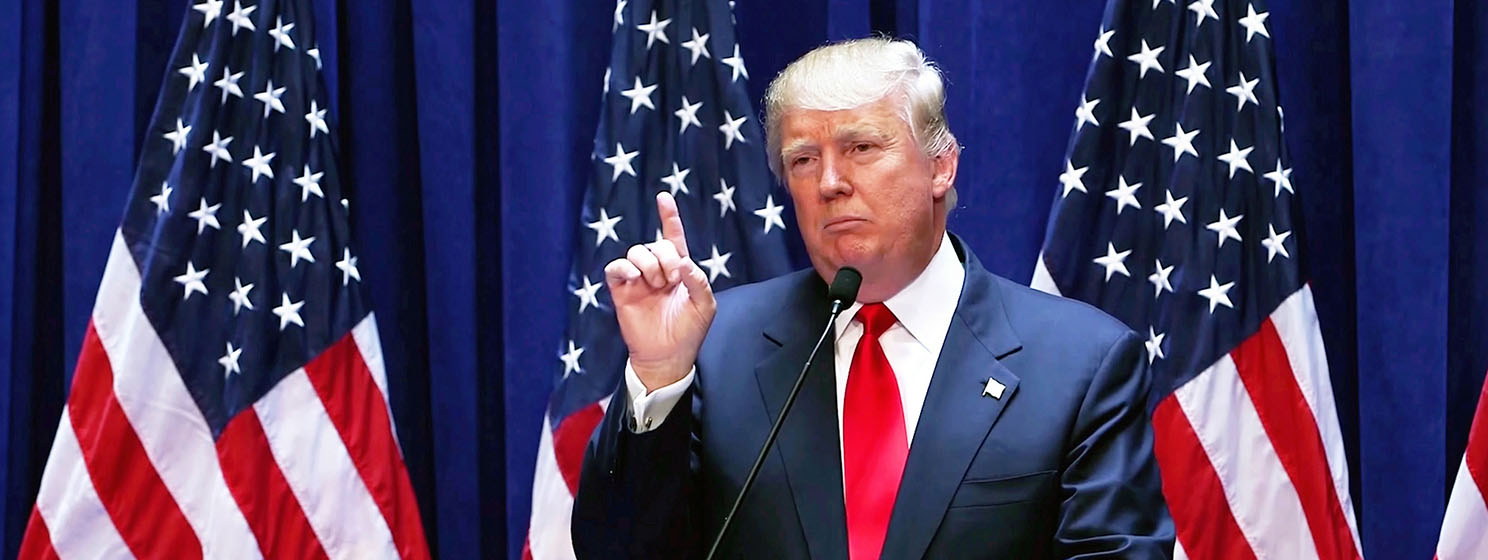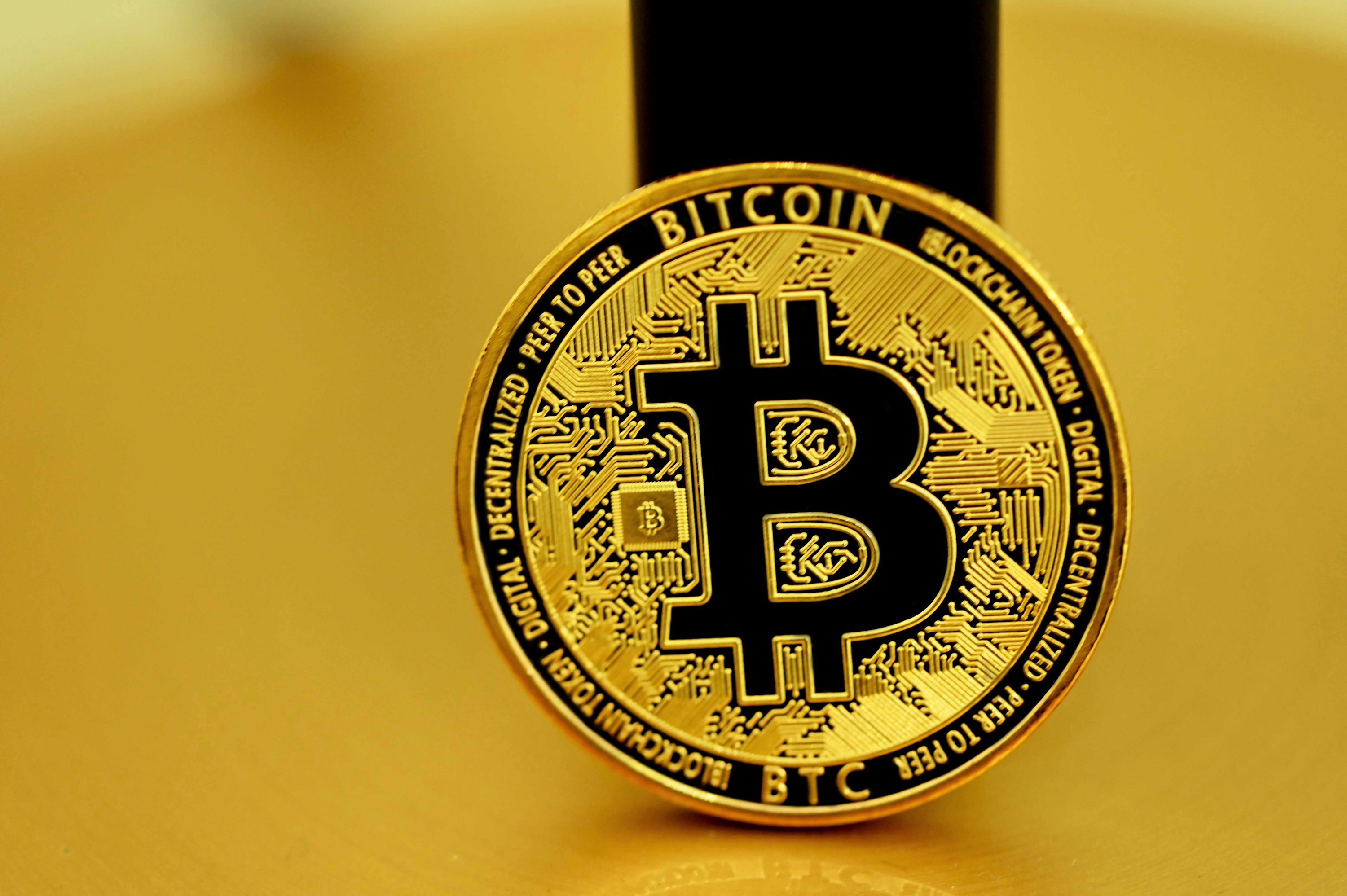“I am a big fan of Hindu, and I am a big fan of India,” Donald Trump said in his 2016 speech. The extract went viral after his victory as the 47th leader of the United States.
Trump’s support for India is good news, with Prime Minister Narendra Modi and External Affairs Minister S Jaishankar expressing optimism for growth across several sectors, especially in the technology domain. However, experts are concerned whether Trump’s “America First” policies may overlook India, despite both countries signing technology partnerships and considering each other as strong allies.
“A Trump-led U.S. administration could shift the dynamics of the U.S.-India tech partnership, especially in blockchain, artificial intelligence, and quantum computing,” Amit Kumar Gupta, a legal practitioner at the Supreme Court of India, told CoinGeek.
“A Trump administration may adopt a more inward-focused approach, possibly limiting international AI collaborations. Given that India benefits from U.S. research funding and access to cutting-edge AI developments, a more isolated approach could affect India’s AI advancements, particularly in healthcare, cybersecurity, and smart cities, where AI is vital,” Gupta pointed out.
Under Trump’s ‘America First’ policy, as Trump revives his protectionist trade policies, he has promised hefty tariffs of 10-20% on imports, including a potential 60% on Chinese goods. China, India’s biggest trade partner, is also the world’s largest producer and exporter of electronics. According to Statista, compared to other countries, China generates the highest revenue in the consumer electronics market, at $198.5 billion in 2024.
Gupta said an ‘America First’ approach could result in fragmented AI regulations between the U.S. and India, making compliance more difficult for Indian firms working with U.S. partners. Indian companies may struggle to navigate these varied regulatory environments, potentially hindering the adoption of AI technologies for a smarter, more connected future.
“A Trump-led administration may prioritize domestic blockchain projects over international collaborations, potentially reducing U.S. investment in India’s blockchain infrastructure. This shift could limit India’s access to resources and expertise needed to scale blockchain applications in trade and supply chain management, slowing its progress in these critical industries,” Gupta added.
Hurting CBDCs?
Despite Trump’s support for cryptocurrencies, he has vowed to stop the introduction of a U.S. central bank digital currency (CBDC), expressing skepticism over its security.
“Tonight, I’m also making another promise to protect Americans from government tyranny. As your President, I will never allow the creation of a central bank digital currency,” Trump said in January.
“Such a currency would give the federal government, our government, the absolute control over your money. They could take your money, and you wouldn’t even know it was gone. This would be a dangerous threat to freedom and I will stop it from coming to America.”
This starkly contrasts India’s stance on CBDCs, which has been pushing to popularize the e-rupee. The Reserve Bank of India (RBI) started its first digital rupee pilot in the wholesale segment two years ago on November 1, 2022, while the retail digital rupee pilot began on December 1, 2022.
“I think CBDC will facilitate cross-border payments in a much more efficient and cost-effective manner than anything else,” RBI Governor Shaktikanta Das said at the Business Standard – BFSI Insight Summit.
The central bank also announced plans to make its e-rupee accessible to more retail users by including non-bank payment system operators to offer CBDC wallets. The move is expected to test how resilient India’s CBDC platform is in handling multi-channel transactions.
“If Trump’s administration takes a conservative approach toward blockchain-based digital currencies, this could complicate India’s plans to establish a cross-border, blockchain-friendly CBDC system. Without U.S. collaboration on regulatory frameworks for interoperable CBDCs, India’s vision for a blockchain-powered digital rupee may encounter obstacles, particularly in cross-border functionality with the U.S.,” Gupta pointed out.
Trump’s previous economic policies focused on financial sovereignty, imposing strict regulations on cross-border transactions, Gupta said. If revived, Indian companies using blockchain for cross-border payments and decentralized finance (DeFi) may face new compliance hurdles, disrupting efforts to streamline financial transactions between the U.S. and India.
“Trump’s back—and he’s not going to be holding back on India! Branding the nation a ‘big trade abuser; he’s going to be hinting at reigniting his first-term trade tensions, potentially slapping sky-high tariffs on over $75 billion of Indian exports to the U.S.,” Raj Kapoor, founder of India Blockchain Alliance, told CoinGeek.
“But don’t forget: the American tilt towards protectionism didn’t pause under Biden either. Buckle up—U.S.-India trade dynamics are about to get fiery and this is just the appetizer,” Kapoor added.
RBI unperturbed
The RBI, however, is unperturbed by the U.S. election results. During the Business Standard – BFSI Insight Summit, Das said that overall India-U.S. relations have become stronger. Das feels that there is a strategic partnership between the two countries that will continue irrespective of who wins.
“Irrespective of the global developments, irrespective of the outcome of the U.S. elections, and what kind of spillovers it will have for the rest of the world, the Indian economy and the Indian financial sector today is well-placed and very resilient to deal with any kind of spillover which is coming from the external world,” Das said.
“We are definitely impacted by what’s happening in the rest of the world. We are a bystander; we are watching. But when it comes to our domestic market, as a regulator, we are not bystanders. We are very much in the market and I think our overall financial sector and the overall Indian macroeconomy and macro-financial conditions today are very resilient to deal with any kind of spillovers in comparison to many other countries,” Das added.
The central bank recently said that while CBDCs can open up a world of new opportunities, they can also reduce bank deposits, affecting the credit-creating capacity of commercial banks. As deposits are a cheap and stable source of funding for banks, substituting bank deposits with CBDCs could impact banks’ overall funding and ability to lend.
But that has not deterred the central bank’s enthusiasm for the e-rupee. Das said that new use cases for the e-rupee “are coming up every day.”
“There are learnings every day with regard to (CBDC) design features, with regard to the possible use cases. So we are on a learning curve,” he added.
Watch: India posed to become leaders in Web3

















 English (US) ·
English (US) ·